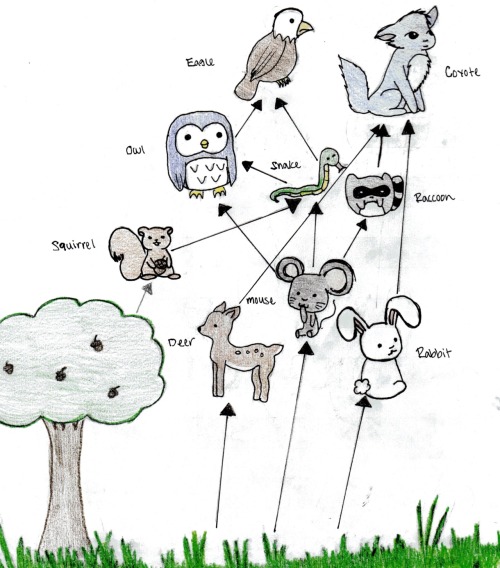Team Members.
Names/Roles :
- Shafiq (Leader)
- Jovis (Wiki Writer)
- Jalkern (Researcher)
- Aqil (Researcher)
- Junyong (Researcher)
Overview
- Tropical Rainforest are located near the equator.
- Fifty seven percent of all tropical rainforests in Latin America.
- Rainforest belongs to the wet climate group.
Physical factors.
Tropical rainforest are found in a narrow region around the equator. The climate is rainy and the temperatures are warm and nearly the same everyday. The sun and rain combine to create and environment that is very humid. The climate is ideal for the growth of many kinds of green plants around.
Rainforest trees are always “sweating” water. One tree might release over 755 L of water every year. This makes rainforest climates very different from other environments. In other climates, the water vapour blows away and later falls as rain in far off areas. But in rainforests half the precipitation comes from the forests’ own evaporation. Much of the rain that falls on the rainforest never reaches the ground. It stays on the trees because the leaves act as umbrellas. Rainforests need lots of water and most of it comes pouring down as rain - at least 200 cm per year. Some tropical rainforests get more than 3 cm per day! When it is not raining, the leaves are dripping and steam is rising. This keeps the whole rainforest constantly wet and steamy.
Classifications of living organisms.
Tropical rainforests are important to everyone, not just to the plants and animals living there. For example, scientists are always discovering new plants. Some of these plants contain substances that can be made into medicines. In addition, tropical rainforests store huge quantities of carbon, while producing much of the world's oxygen. Some people call tropical rainforests the lungs of the planet because they make so much of the oxygen that animals breathe. Another important role tropical rainforests play is in regulating global weather. They maintain regular rainfall. They also help prevent floods, droughts, and erosion.
Foodweb.

Interrelationship in ecosystem.
Although they cover a small area - less than 2% of Earth's surface - rainforests are home to about half the life on Earth. In fact, tropical rainforests support the greatest biodiversity on Earth. How do they do it?
- Climate: Tropical rainforests receive almost 12 hours of sunlight every day. This sunlight is converted to energy by plants through the process of photosynthesis. Since there is a lot of sunlight, there is a lot of energy locked up in the rainforest. This energy is stored in plants that are eaten by animals. Because there is a lot of food, there are many species of plants and animals.
- Canopy: The spreading structure of the rainforest canopy means there are more places for plants to grow and animals to live. The canopy offers many unique sources of food and shelter. For example, there are plants in the canopy called bromeliads that store water in their leaves. Frogs use these pockets of water like ponds for hunting and laying their eggs. Since all their needs are met in the canopy, some frog species spend all their lives there.